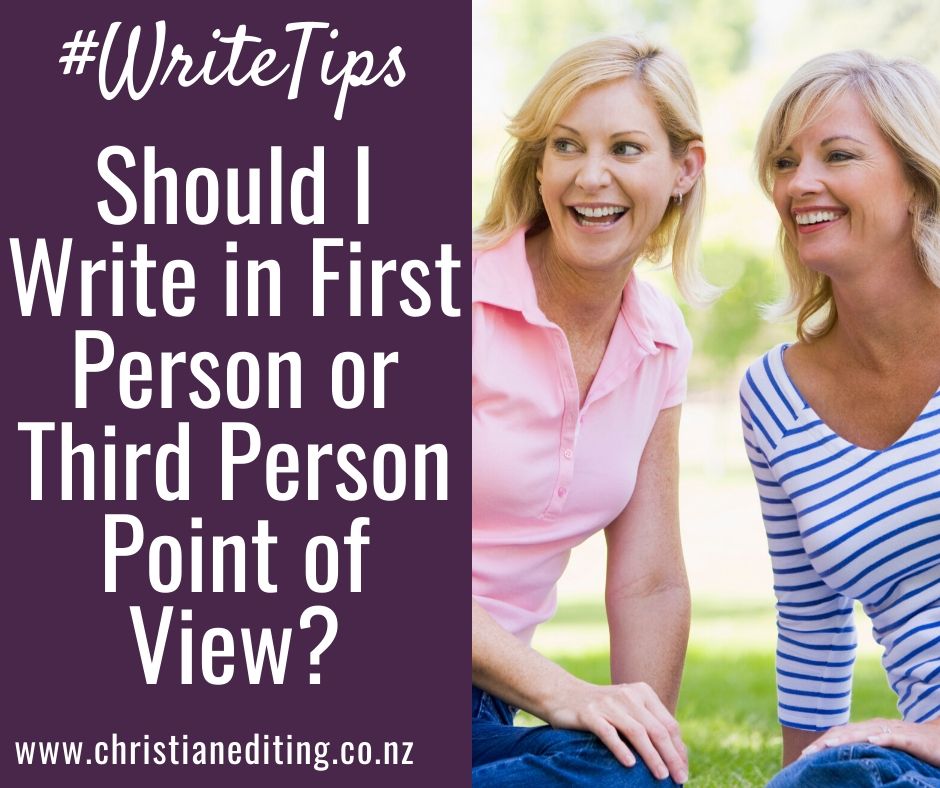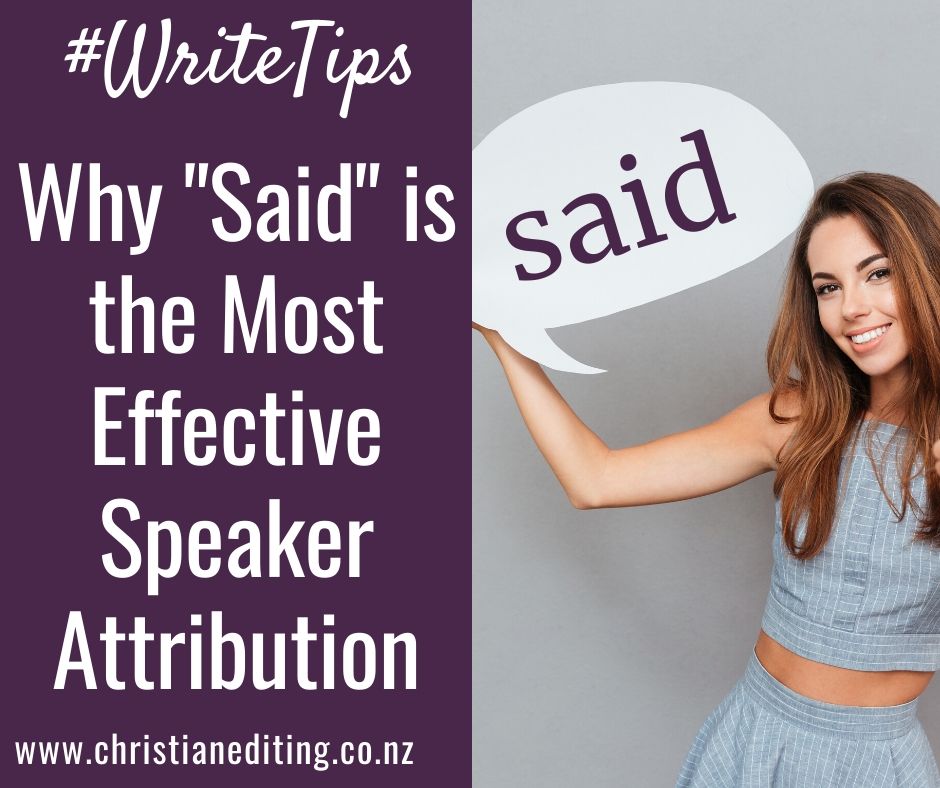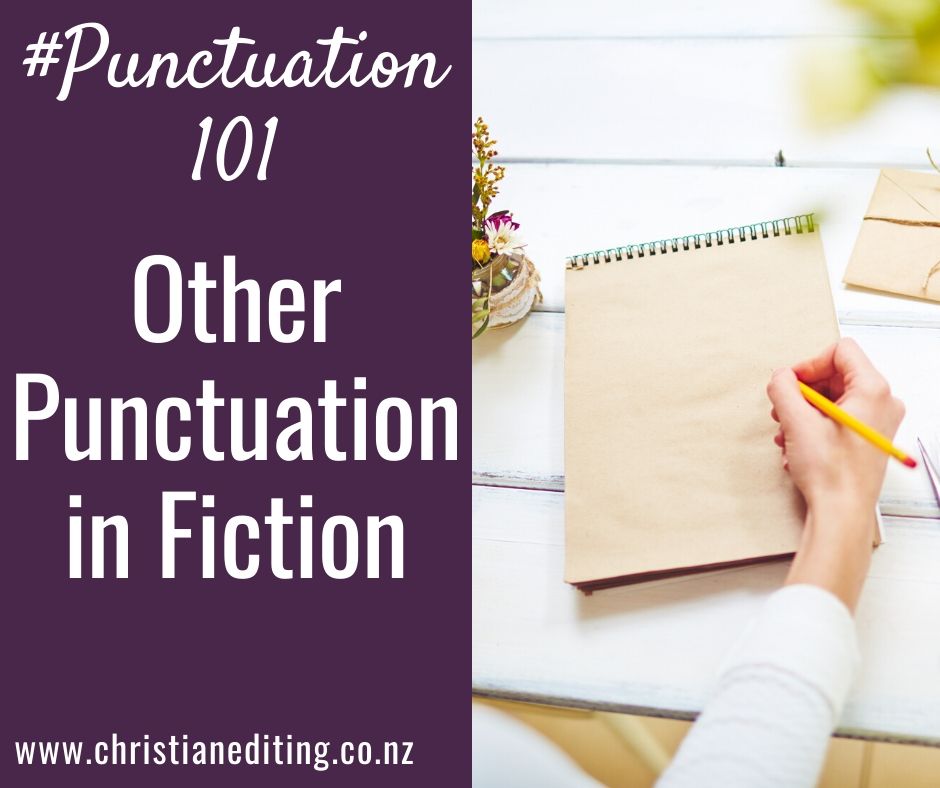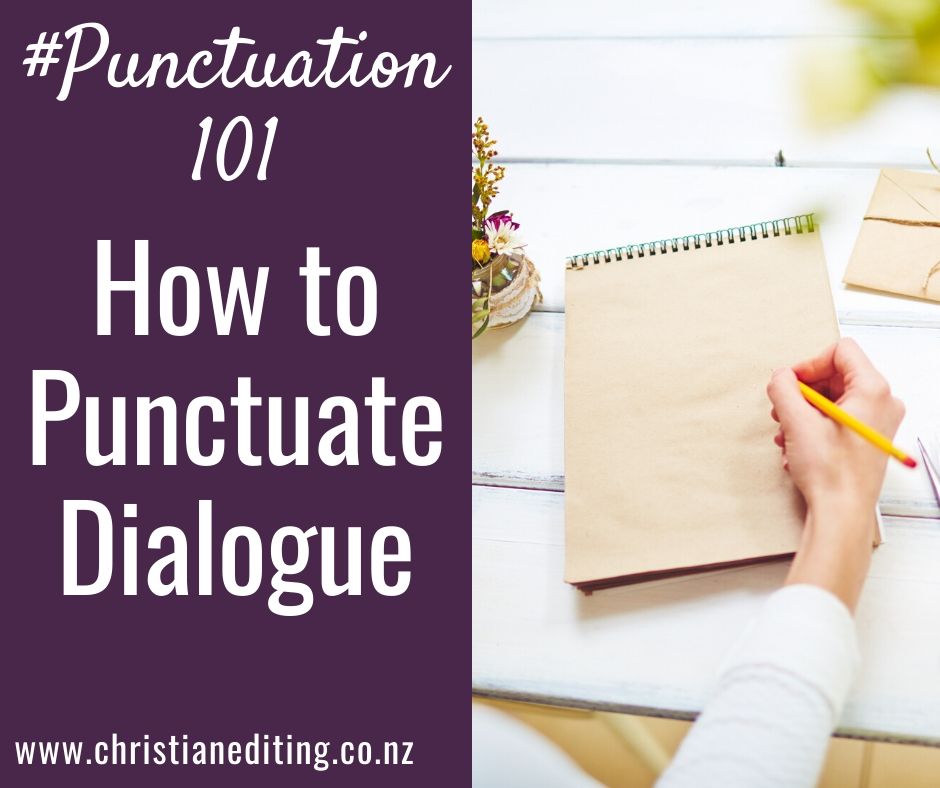Yes 🙂
You should definitely write your novel in first person or third person point of view. But which do you choose, and what are the other alternatives? Let’s look at the alternatives first.
Yes, you should definitely write your novel in first person or third person point of view. But which do you choose, and what are the alternatives? #WriteTip Click To TweetDepending on who you ask, there are between three and twenty-seven different points of view in fiction. No, I can’t imagine how they get to twenty-seven either. I see four points of view in common use:
- First person
- Second person
- Third person
- Omniscient
Let’s look at each of these points of view, and discuss when it might be a good option.
First Person
First person point of view uses the “I” pronoun: I made breakfast, and I drank my coffee. As such, the narrator is speaking directly to the reader. First person takes the reader into the head of the narrator and is highly engaging when done properly.
Most novels written in first person have a single point of view character. Some have more than one point of view, although this does mean convincing the reader that both “I” characters . The challenge with multiple first person point of view characters is ensuring each character has a distinct voice.
Having two first person point of view characters can work (just don’t write two books in a trilogy from a single point of view, then add a second point of view in the final book in the trilogy. Please. It’s a clear giveaway that you’re going to kill off the main character).
Second Person
Second person point of view uses the “you” pronoun: you made breakfast, and you drank coffee. It can feel contrived, because the author is trying to convince you, the reader, that you are the character, and they are telling you what to do and what to feel.
Here’s the introduction to Synapse by Steven James, which is written in second person. I found it offputting, and I only kept reading because the premise of the novel intrigued me. In hindsight, I’m not convinced the story needed this scene as the opening hook, and suspect it lost more potential readers than it attracted:
I tend to agree with the prevailing opinion on second person point of view: it works for instructional texts (like this how-to blog post), self-help, and choose your own adventure books. Otherwise, it’s an intrusive gimmick.
Third Person
Third person point of view uses the “he/she” and “him/her” pronouns: he made breakfast, and she drank her coffee. It is by far the most common choice in modern fiction. The current trend is to use deep perspective third person, which puts the reader inside the head of the point of view characters in much the same was as first person.
Third person gives the author the freedom to explore the viewpoints of other characters. Third person can range from a very distant (almost omniscient) point of view to a very close point of view that, to the reader, feels more like first person. The modern reader wants to be intimately involved with the (fictional) lives of your characters, because this is what makes them believable and engaging:
“the more intimate the point of view, the better. One of the most vital and difficult tasks facing a writer is creating believable and engaging characters, and an intimate point of view is a terrific way of doing this.”
Renni Browne and Dave King, Self-Editing for Fiction Writers
So when is third person the right choice for your story? Put simply, if first person isn’t the right choice, then use third person. Whichever you choose, make sure you engage your readers.
Split First/Third Person
Some novels use first person point of view for the main character’s point of view, and third person for a second character e.g. the love interest. This can work, but some readers find it offputting. As such, a novel written in split points of view is always going to have a lower potential readership than a novel written in third person.
I read one thriller where most of the story was in third person, but the occasional short scenes from the evildoer’s point of view were written in first person. This was an effective way of ensuring the evildoer remained anonymous: the use of the “I” pronoun effectively hid even their gender from the reader.
First person is a common choice in young adult fiction. It’s also popular in romance and women’s fiction, and can be used in mysteries and thrillers (although it’s less common in those genres). It’s rarely used in fantasy. First person can be an acquired taste. Some publishers (and many readers) won’t even consider a novel written in first person.
Omniscient
Omniscient point of view uses the same he/she and him/her pronouns as third person, but the story isn’t narrated by one of the characters. Instead, the story is told by an all-seeing, all-knowing narrator who is outside the story. And that’s the problem with omniscient: it’s often telling a story, rather than showing. Sol Stein says:
This is probably the easiest point of view for the beginning writer—and the most dangerous. The writer… can see everything everywhere. Because the writer flits about from character to character, often thoughtlessly, the result can be more like alphabet soup than a controlled experience for the reader.
Sol Stein, Solutions for Novelists: Secrets of a Master Editor











